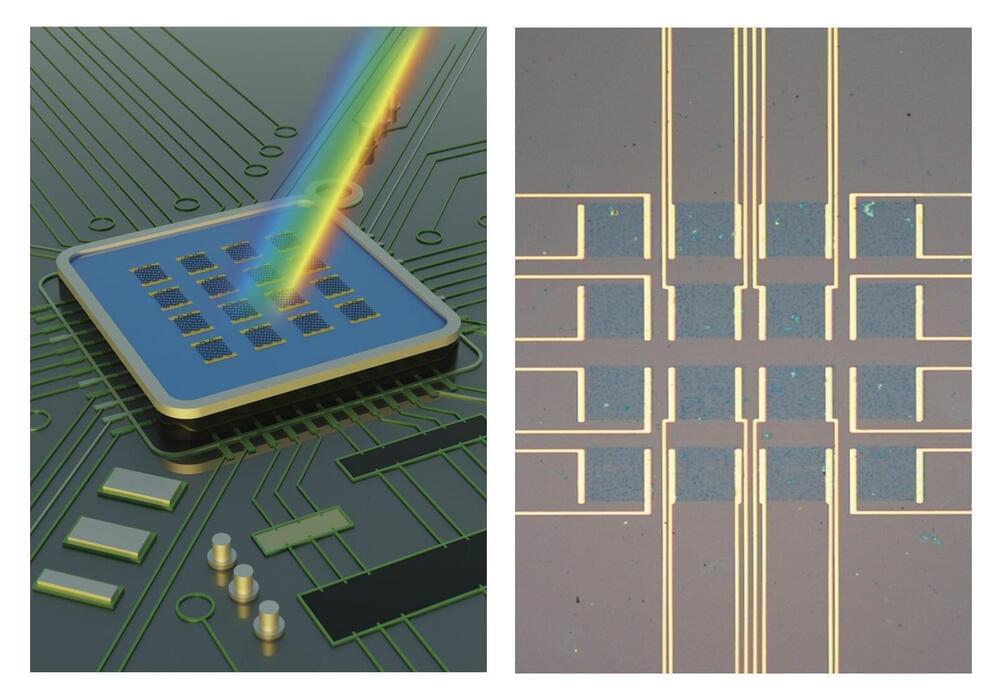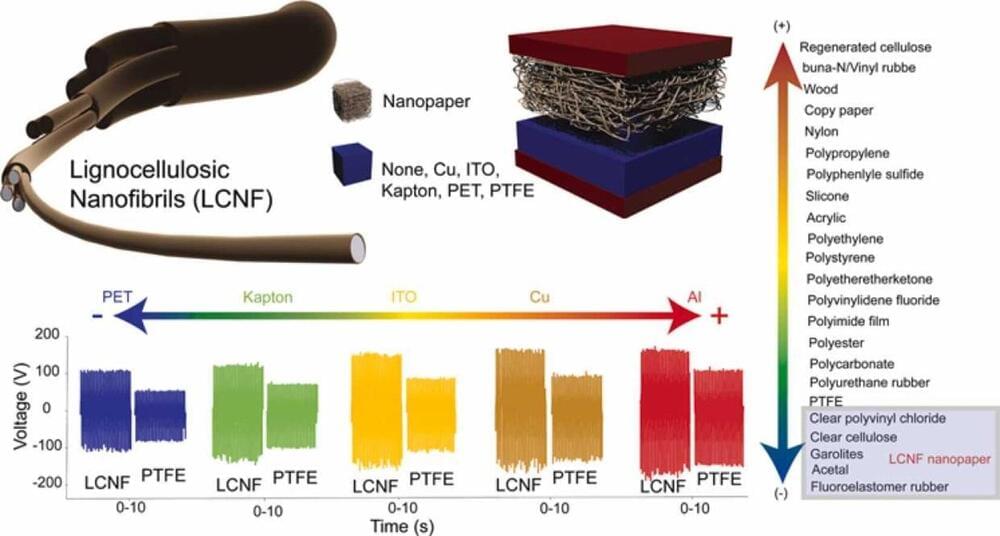Defense Advanced Research Projects Agency (DARPA) announced on Friday that the agency is seeking proposals for its Assured Neuro Symbolic Learning and Reasoning (ANSR) program to address the trustworthiness of artificial intelligence and machine learning capabilities. Motivating new thinking and ap.
They are part of the brain of almost every animal species, yet they remain usually invisible even under the electron microscope. “Electrical synapses are like the dark matter of the brain,” says Alexander Borst, director at the MPI for Biological Intelligence, in foundation (i.f). Now a team from his department has taken a closer look at this rarely explored brain component: In the brain of the fruit fly Drosophila, they were able to show that electrical synapses occur in almost all brain areas and can influence the function and stability of individual nerve cells.
Neurons communicate via synapses, small contact points at which chemical messengers transmit a stimulus from one cell to the next. We may remember this from biology class. However, that is not the whole story. In addition to the commonly known chemical synapses, there is a second, little-known type of synapse: the electrical synapse. “Electrical synapses are much rarer and are hard to detect with current methods. That’s why they have hardly been researched so far,” explains Georg Ammer, who has long been fascinated by these hidden cell connections. “In most animal brains, we therefore don’t know even basic things, such as where exactly electrical synapses occur or how they influence brain activity.”
An electrical synapse connects two neurons directly, allowing the electrical current that neurons use to communicate, to flow from one cell to the next without a detour. Except in echinoderms, this particular type of synapse occurs in the brain of every animal species studied so far. “Electrical synapses must therefore have important functions: we just do not know which ones!” says Georg Ammer.
A team from UT Dallas has discovered a molecule that destroys adamant cancer cells. Experiments on mice and human tissue found that the compound was effective even in the most aggressive tumors, offering hope.
Photodetectors, sensors that can detect light or other forms of electromagnetic radiation, are essential components of imaging tools, communication systems, and various other technologies on the market. These sensors work by converting photons (i.e., light particles) into electrical current.
Researchers at Zhejiang University have recently developed a new photodetector that could detect light within a broader bandwidth. Their device, presented in a paper published in Nature Electronics, could be used to develop new and more advanced imaging technologies.
“Our recent project is based on traditional charge-coupled device (CCD) and complementary metal-oxide-semiconductor (CMOS) imaging technologies,” Prof. Yang Xu, one of the researchers who carried out the study, told TechXplore. “Our novel imaging devices combining CCD’s MOS photogate for high sensitivity and CMOS’s independent pixel structure can significantly benefit monolithic integration, performance, and readout.”
From action heroes to villainous assassins, biohybrid robots made of both living and artificial materials have been at the center of many sci-fi fantasies, inspiring today’s robotic innovations. It’s still a long way until human-like robots walk among us in our daily lives, but scientists from Japan are bringing us one step closer by crafting living human skin on robots. The method developed, presented June 9 in the journal Matter, not only gave a robotic finger skin-like texture, but also water-repellent and self-healing functions.
“The finger looks slightly ‘sweaty’ straight out of the culture medium,” says first author Shoji Takeuchi, a professor at the University of Tokyo, Japan. “Since the finger is driven by an electric motor, it is also interesting to hear the clicking sounds of the motor in harmony with a finger that looks just like a real one.”
Looking “real” like a human is one of the top priorities for humanoid robots that are often tasked to interact with humans in healthcare and service industries. A human-like appearance can improve communication efficiency and evoke likability. While current silicone skin made for robots can mimic human appearance, it falls short when it comes to delicate textures like wrinkles and lacks skin-specific functions. Attempts at fabricating living skin sheets to cover robots have also had limited success, since it’s challenging to conform them to dynamic objects with uneven surfaces.
Wood-derived materials can be used to harvest electrical energy from everyday movements such as walking, according to University of Toronto and University of Waterloo researchers.
In a new study recently published in Nano Energy, the team demonstrated the use of lignocellulosic nanofibrils—derived from tree bark —in a prototype self-powered device capable of sending a wireless signal to a smartphone via bluetooth.
Such devices can be used to track biometric data such as heart rate, oxygen levels or skin conductivity. The innovation could improve the performance of these devices while lowering their environmental impact.
A new study has shown for the first time that the Bluetooth signals constantly emitted by our smartphones have a unique fingerprint.
Researchers have taken the wraps off “Symbiote,” what they call a “nearly-impossible-to-detect” Linux malware that’s targeting the financial sector.
Cybersecurity researchers have taken the wraps off what they call a “nearly-impossible-to-detect” Linux malware that could be weaponized to backdoor infected systems.
Dubbed Symbiote by threat intelligence firms BlackBerry and Intezer, the stealthy malware is so named for its ability to conceal itself within running processes and network traffic and drain a victim’s resources like a parasite.
The operators behind Symbiote are believed to have commenced development on the malware in November 2021, with the threat actor predominantly using it to target the financial sector in Latin America, including banks like Banco do Brasil and Caixa, based on the domain names used.
Cybercriminals are impersonating popular crypto platforms such as Binance, Celo, and Trust Wallet with spoofed emails and fake login pages in an attempt to steal login details and deceptively transfer virtual funds.
“As cryptocurrency and non-fungible tokens (NFTs) become more mainstream, and capture headlines for their volatility, there is a greater likelihood of more individuals falling victim to fraud attempting to exploit people for digital currencies,” Proofpoint said in a new report.
“The rise and proliferation of cryptocurrency has also provided attackers with a new method of financial extraction.”









